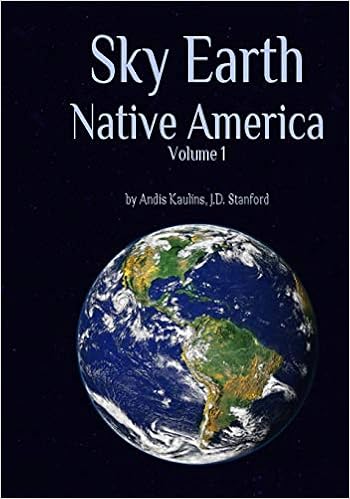The Neolithic Rock Art Camel Site in Arabia: Interactive Lesson #5: Auriga to the Left of Perseus and Carved Figures and Cupule Stars to the Right of Perseus
The stars of Auriga at the Camel Site are represented by the head of a goatherd with typical headdress, plus the head (and fleece ?) of an adult goat with several goat kids. This corroborates the correctness of our previous placement of the stars of Perseus to the right of Auriga. The fleece viz. the "wool" of Auriga is carved in the rock in an appropriate "ruffled" texture way. The adult goat appears to have several goat kids behind it, plus maybe a goat dog ("sheepdog") to the back left.
The Neolithic Rock Art Camel Site in Arabia: Interactive Lesson #5
Auriga the Goatherd is to the Left of Perseus
Auriga includes a Goat head profile and several goat kids, plus goatherd dog.
Cepheus, Cassiopeia, and Andromeda are to the Right of Perseus
Please click on the graphic below to obtain a larger image.
The figures to the right of Perseus are more difficult to assign with certainty, as they are very strongly characterized by the megalithic style of carving figures within figures within figures, which makes identification more speculative.
We think those figures mark stars of what we moderns identify as the stellar constellations of Cepheus, Cassiopeia, wife of Cepheus, and their daughter Andromeda -- a heavenly family as it were -- whose origins, e.g., in Egypt, and even by mainstream archaeology, reach back far and at least into predynastic ("pre-Pharaoh") times. Just how old these heavenly figures assigned to groups of stars in the starry sky actually are -- nobody really knows, but it is clear from the Neolithic Rock Art Camel Site in Arabia that they are much older then previously thought by the mainstream of researchers.
Just as an aside:
We think the term Auriga originally meant "sheep, lamb" as arguably in
what we see as a hypothetical proto-Indo-European root found e.g. in
Latvian jēr- jēruk-
(=*aurig-) meaning "of (a) lamb".
The Latin meaning of "charioteer" may arise out of a linguistic confusion of "auriga" with e.g. the root of a word like "quadriga" and similar terms, which at their root have the meaning "yoke" in proto-Indo-European, as in archaic Latvian "jūgs, jūg-".
The next posting in this series is Interactive Lesson #6.
Can you already find the stars portrayed on the left side of the carved rock but not yet identified?




